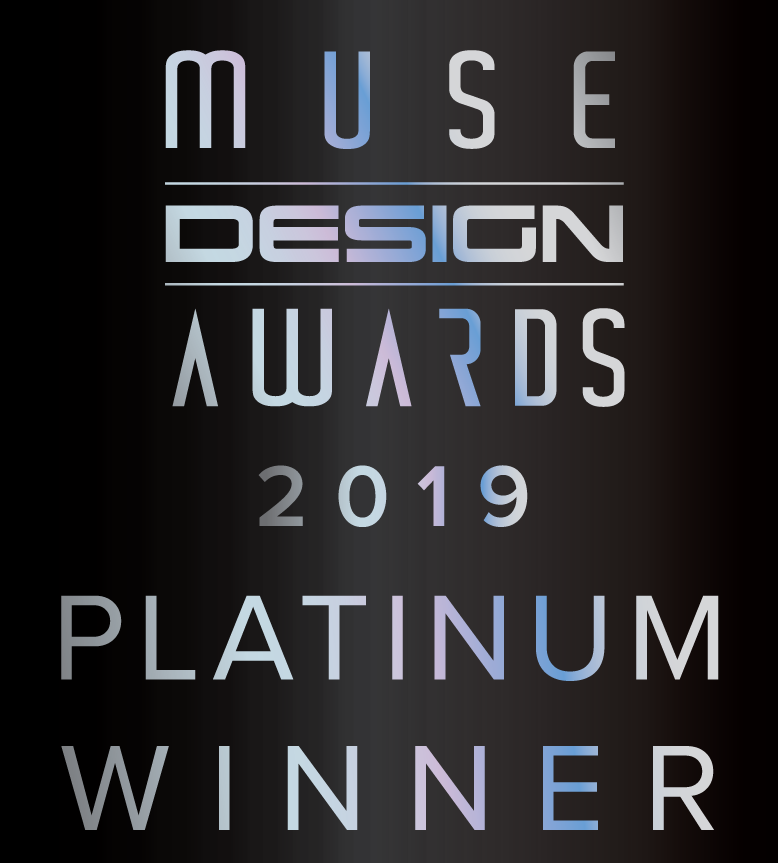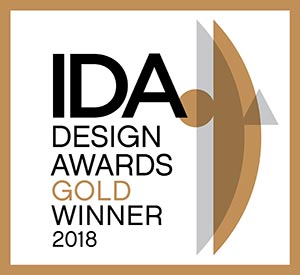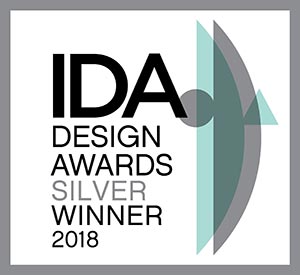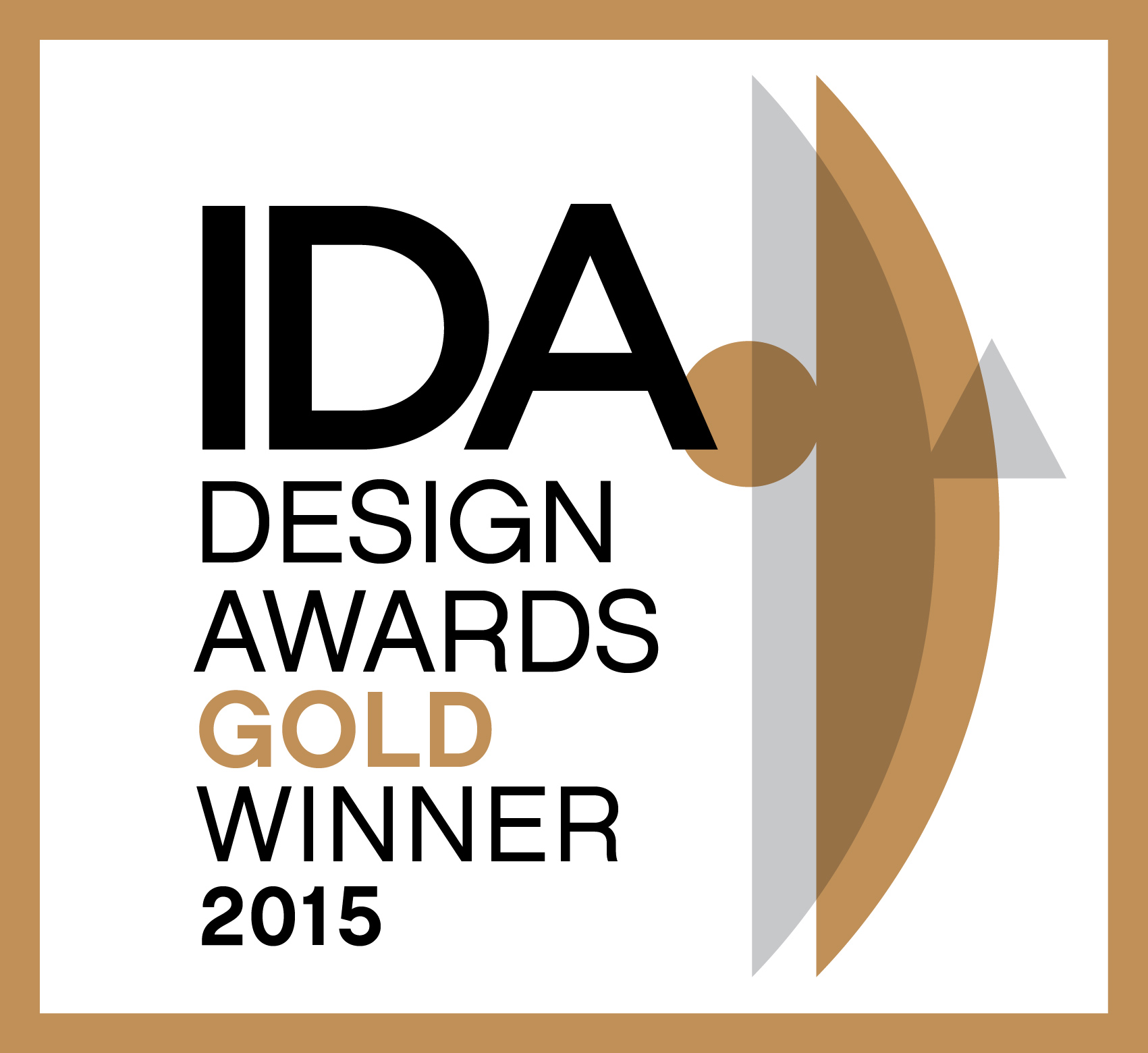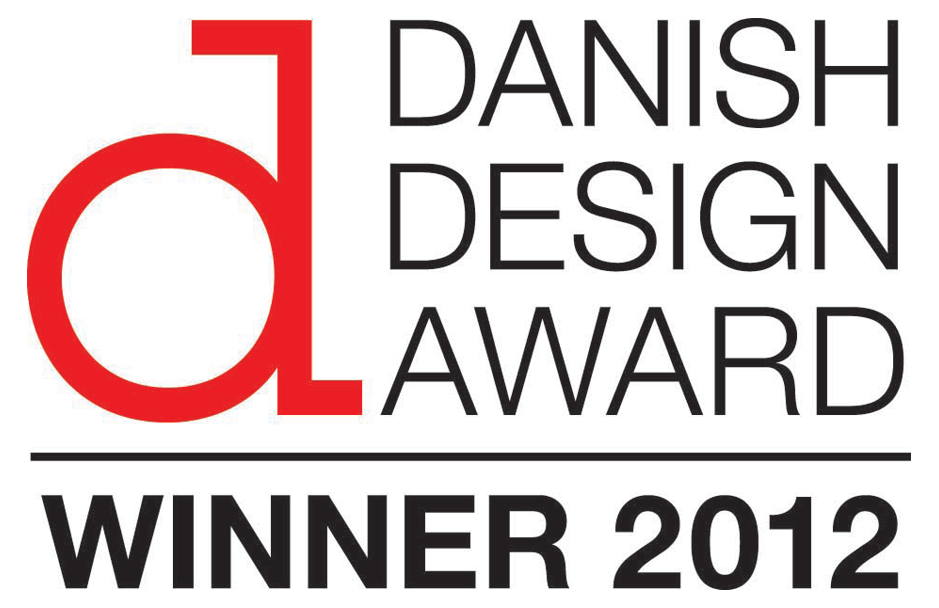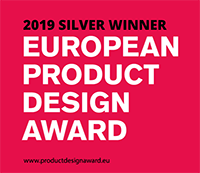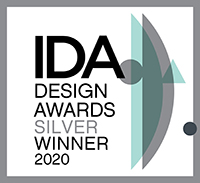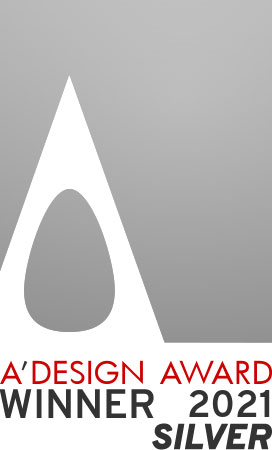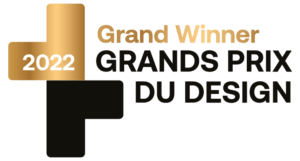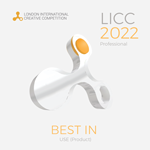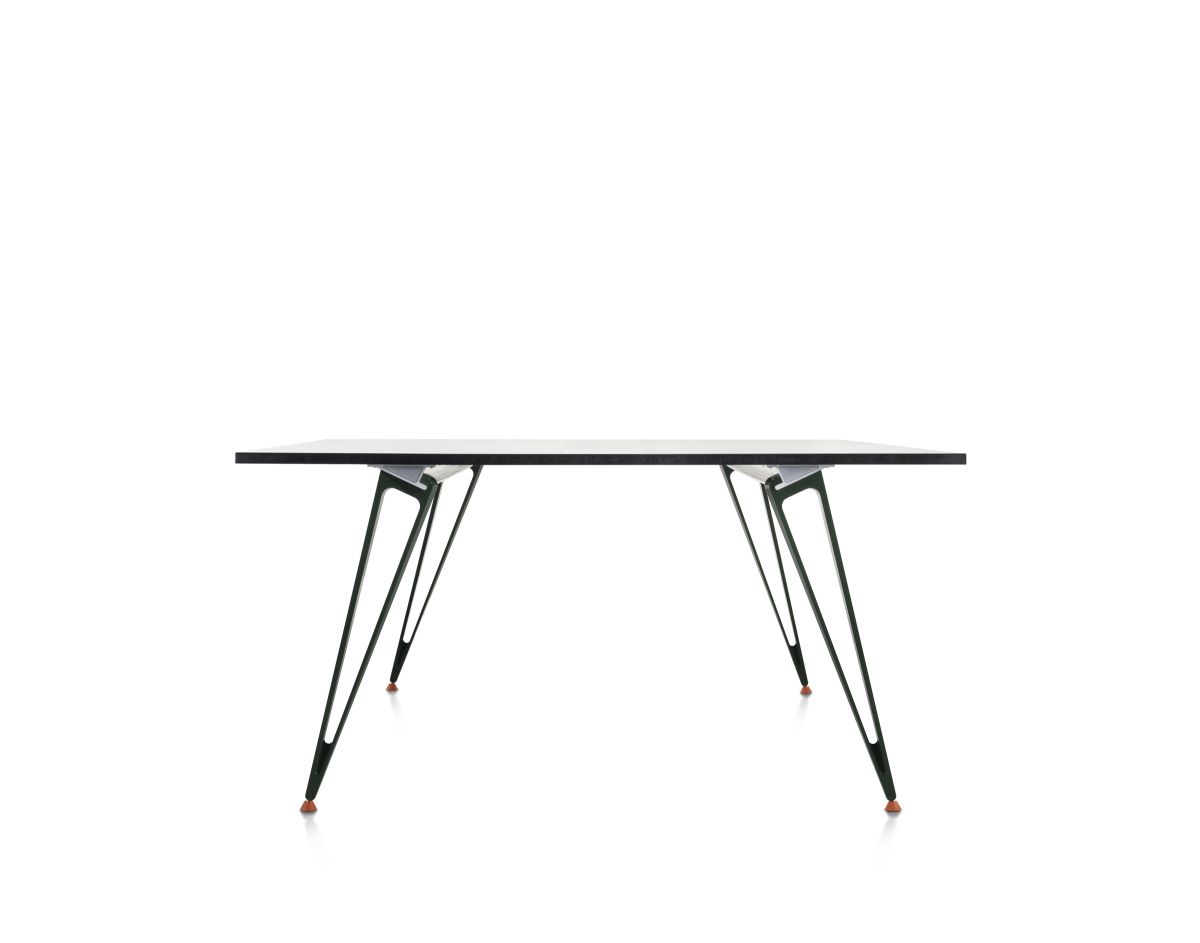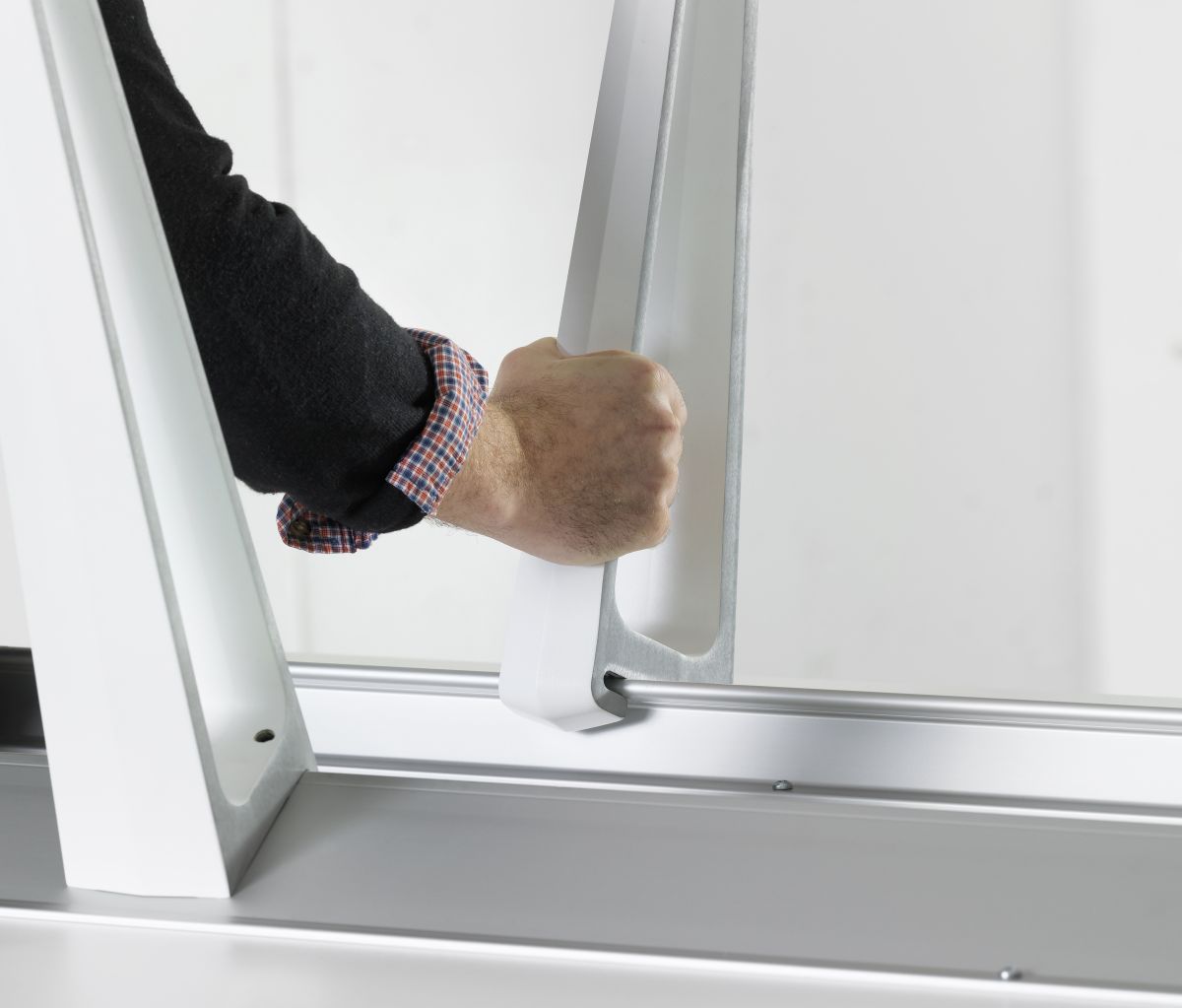In general, I have three – differently weighted - main-approaches for my furniture-design: The Architectonic, the innovative and the sculptural.
THE ARCHITECTONIC APPROACH:
Educated and practicing as an Architect, I see the well-being of humans in different surroundings and spaces as the superior goal. I aim to find good solutions for that, when I create spaces in a building, when I do interior design and even in my furniture-designing. Part of this work is to make architectonically well-articulated spaces with good daylight-conditions and clarity in disposition and furnishing. The furnishing should be clearly present, but not intrusive in its appearance. The shape and size of larger objects, (e.g. tables ) should be precisely balanced in relation to the actual room, to leave sufficient empty space for humans to thrive, an airy feeling and generous traffic-lines.
Several times, those demands led me to design special-one-off-tables or other kinds of furniture, in lack of finding the exact right shape and size in standard-offerings from the market.
Here we have one important part of the background for my long-lasting work with, as an example, the table-system; ATTACH: Asking myself the question; “Would it be possible to design a simple, industrially manufactured, table-system, adaptable in shapes and sizes and with clear familiarity in the – preferably – few basic-elements so different table-shapes would, in a natural way, be able to stand in the same room?”
THE INNOVATIVE ELEMENT:
In creating furniture, I find it important to add something substantially new, in function, construction, ecology, aesthetics or story-telling. Styles, trends and fashions are short lasting, eco-unfriendly and superficial phenomena.
In several design-works of mine, I have explored possibilities in exploiting the gravity to help furniture-constructions, of different kinds, to lock or stabilize the backs, legs or other elements, without the use of screws and tools.
My curiosity in this field and inspirations from my earlier works was another important part in my search for simple, flexible and easy-to-understand solutions to the above-mentioned question. In the ATTACH-example taken to new heights, as the leg directly, in one movement, can be attached to the beam in the wanted position, solely by hand.
THE SCULPTURAL FEELING:
A huge part of the passion for making furniture, being an architect like me, stems from a deep interest in three-dimensional sculpting.
The most important sculptural matter of an object is the stance. How does it meet the ground, how does it relate to our instinctive feeling of the invisible, but everywhere present, vertical line of gravity? In the case of the ATTACH-example, I, for a long time, worked to find the right angle of the legs to make the whole of the furniture appear well-balanced, agile and powerful – across the spectrum of table-widths.
In that sense some of the horse-figures from the admirable sculptor Marino Marini who made a huge impression on me visiting the Marini-museum in Florence long time ago, might have been a source of inspiration.

